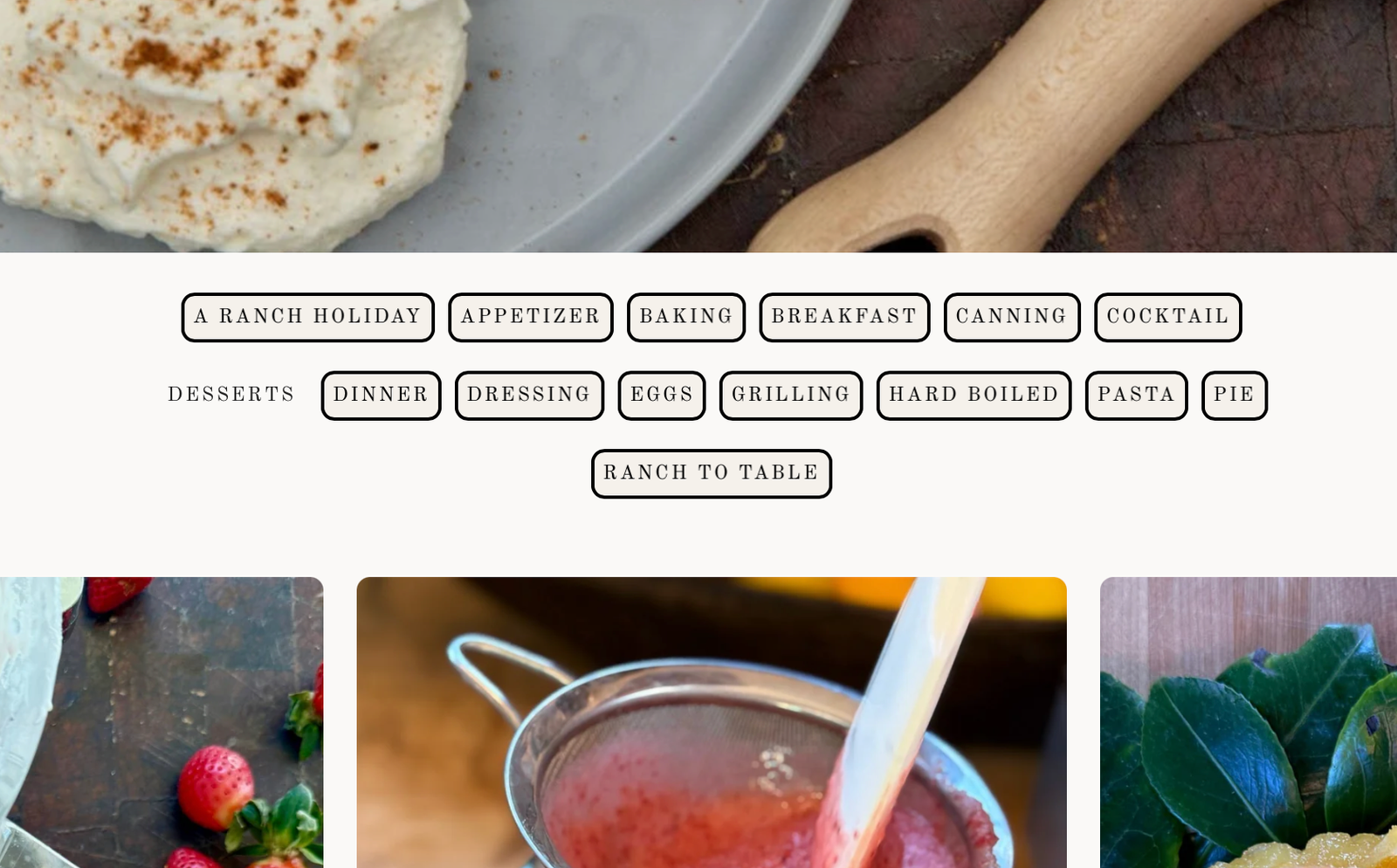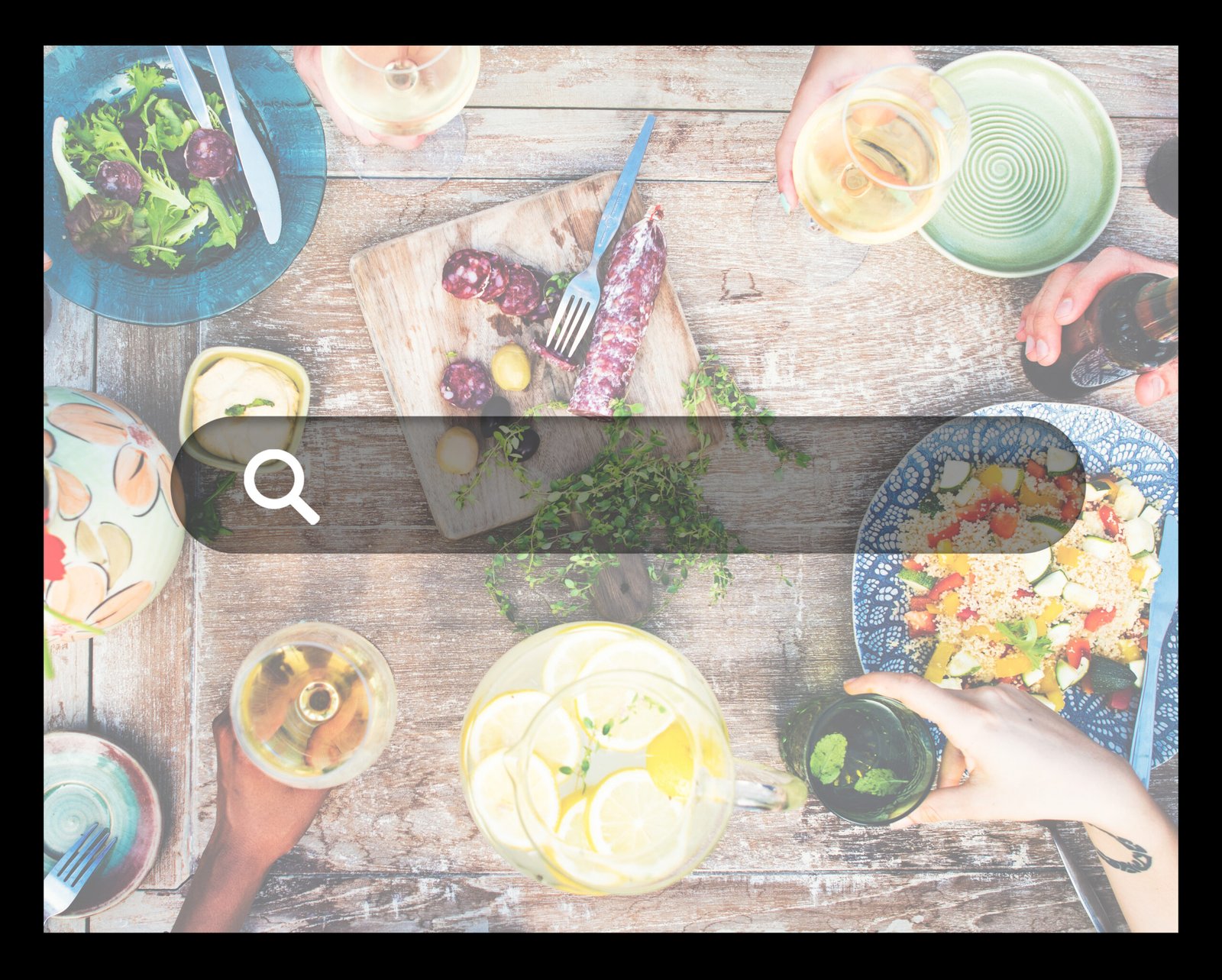When I first started food blogging, SEO felt like this mysterious ingredient that everyone talked about but no one really explained in a way that made sense. I was passionate about my recipes, I loved sharing them — but I wasn’t showing up in search results. Not even for my own recipe titles.
I didn’t want to turn my blog into something robotic or stuffed with keywords just for Google. I still wanted it to feel like me. But over time, with a little trial and error (okay, a lot), I figured out how to make SEO work with my blog — not against it.
Here’s how I create SEO-friendly recipe posts that still feel personal, helpful, and totally true to my style.
1. I Start with the Recipe and the Reader
For me, SEO starts before I ever open WordPress. I don’t just think, “What do I want to cook today?” — I also ask, “What are people searching for?” I use keyword tools, sure, but I also check Google autocomplete, Reddit, Pinterest, and even YouTube to see what people are curious about.
If I want to post a mango lassi recipe, I don’t just call it that and move on. I look into:
-
Are people looking for dairy-free versions?
-
Do they search “mango lassi with yogurt” or “mango smoothie Indian” more?
-
Is there a spike in searches around summer or festivals?
This doesn’t change my recipe — it just helps me present it in a way that matches what people are actually typing.
2. My Titles Aren’t Just Cute — They’re Clear
I used to write titles like “Sunshine in a Glass” or “My Favorite Summer Sip.” Fun, sure. But not helpful for Google — or readers searching for a recipe.
Now, I go for clarity first:
-
“Mango Lassi with Fresh Yogurt (Easy Indian Drink Recipe)”
-
“Vegan Mango Lassi – Dairy-Free Summer Favorite”
I still let my personality come through in the intro and body of the post, but the title needs to do the heavy lifting for SEO.
3. I Use a Consistent, Optimized Structure
I didn’t always have a structure. Sometimes the recipe was at the top, sometimes at the bottom, sometimes I’d ramble for eight paragraphs before even getting to the ingredients.
Now, I follow a format that’s both reader-friendly and SEO-smart:
-
Hook (personal story or quick context)
-
What it is (quick explanation, keyword-rich)
-
Why you’ll love it (benefits + variations)
-
Ingredients with short notes
-
Step-by-step instructions
-
Recipe card
-
Tips and FAQs
-
Related recipes
It’s not boring — it’s reliable. And readers (and search engines) love that.
4. I’m Intentional About My Keywords
I never “stuff” keywords. But I do use them naturally in the:
-
Title
-
Meta description
-
First 100 words
-
Subheadings (like H2s)
-
Image alt text
-
Recipe card
I also include related terms and questions:
-
“Can I make mango lassi without yogurt?”
-
“What kind of mango is best for lassi?”
Answering those right in the post helps with voice search and featured snippets.
5. I Make the Recipe Card Count
Search engines pull a lot of data from your recipe card. So I make sure:
-
All fields are filled in: prep time, cook time, servings, etc.
-
I use a plugin like WP Recipe Maker or Create by Mediavine
-
I add nutritional info when possible
-
Instructions are clear, step-by-step, and easy to follow (not just a wall of text)
This improves my chances of getting rich snippets — those pretty recipe previews you see in search results with stars, times, and images.
6. Images Are More Than Just Pretty
We all love a good overhead shot of a colorful dish. But for SEO, I:
-
Name my image files before uploading (e.g.
mango-lassi-indian-drink.jpg) -
Add descriptive alt text
-
Compress images for faster load time (hello, Core Web Vitals)
Sometimes I also include step-by-step photos — not just for Pinterest, but because it helps with dwell time. People stay longer, scroll more, and that’s a good signal to Google.
7. Internal Linking Is Part of My Routine Now
Whenever I post a new recipe, I ask:
-
What other recipes does this go with?
-
Have I posted similar things before?
I link to those recipes naturally in the post — and I go back to old posts and link them to the new one. It’s like creating a little web inside my site, which helps Google understand my content better.
8. I Don’t Forget to Write for Real People
This is maybe the most important thing I’ve learned: you can write for SEO without sounding like a robot.
I still tell little stories. I still share how my kid gave the recipe a thumbs up or how I first tasted it at a street stall in Delhi. I just make sure that doesn’t take up 800 words before getting to the actual recipe.
Readers appreciate that. Google does too.
9. I Update My Old Recipes
Sometimes, my best-performing recipes are the ones I posted years ago — but they were buried in outdated formatting or missing structured data.
Now, I regularly:
-
Re-test and re-shoot old recipes
-
Improve the intro and headings
-
Add internal links and FAQs
-
Update the recipe card and images
A little refresh can make a huge difference in rankings.
10. I Let My Blog Be a Brand
SEO is easier when your blog has a clear niche and identity. I make sure:
-
My homepage highlights key categories
-
My navigation is simple and intuitive
-
I use consistent naming for tags and categories
-
I show E-E-A-T (Experience, Expertise, Authoritativeness, and Trustworthiness) by having an “About Me,” contact info, and even recipe testing notes
It’s not just about pleasing Google — it’s about building trust with real readers who want to come back.
Final Thoughts
Learning SEO didn’t take away the joy of food blogging. In fact, it helped me reach more people, grow my traffic, and turn my blog into something that actually earns.
If you’re a food blogger and feeling stuck, don’t worry — you don’t have to choose between personality and performance. You can absolutely write from the heart and show up in search. SEO just helps more people find the beautiful recipes you’re already creating.
And if you ever want help optimizing without losing your unique voice, that’s exactly what we do.



